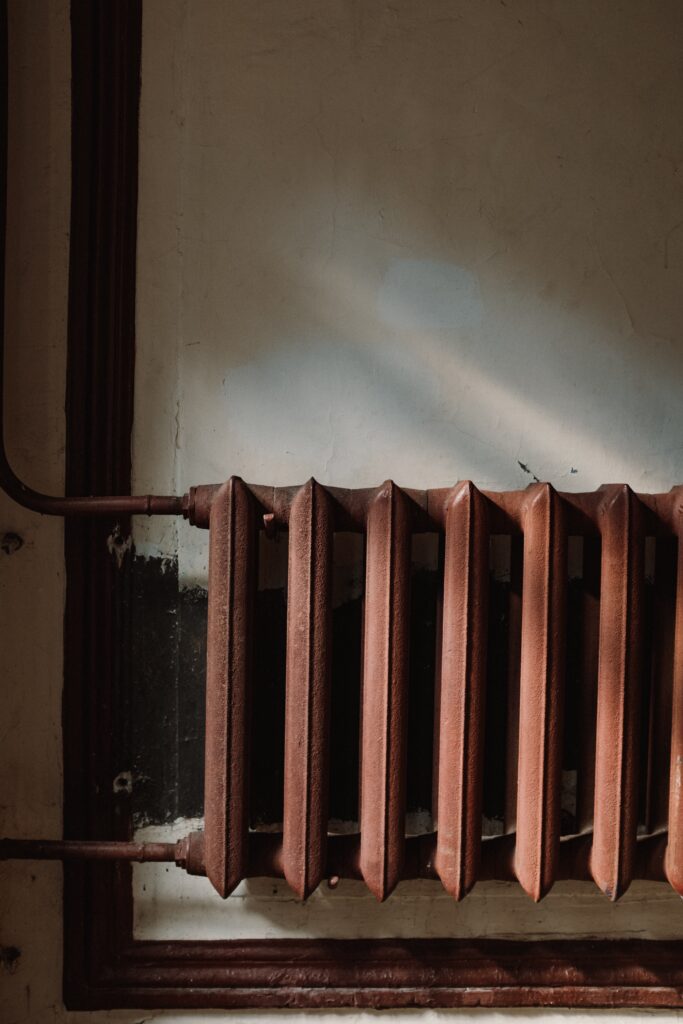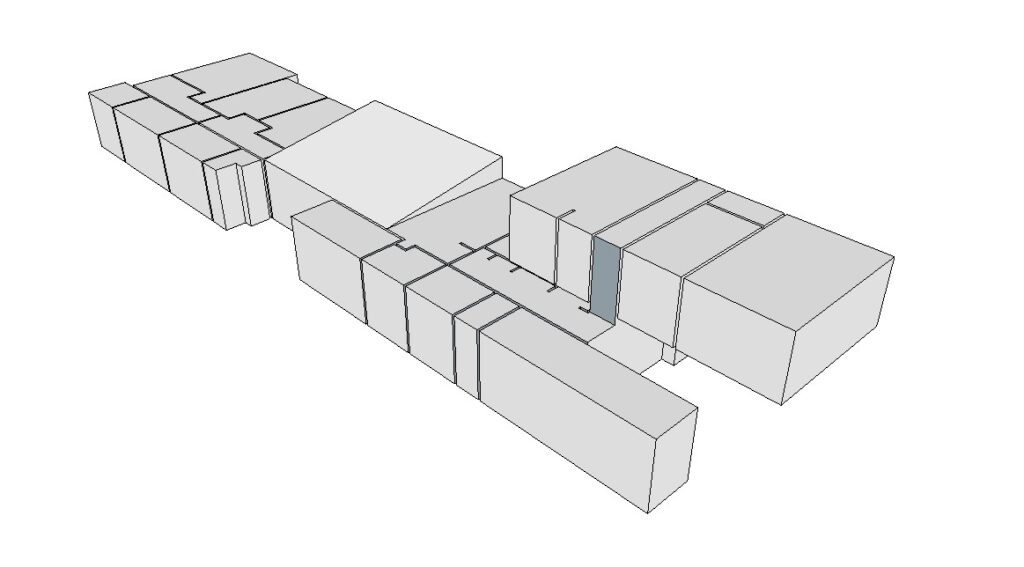The Science of air leakage: How much does your leaky house cost you each winter?
Everyone loves to complain about how cold it is here in Canberra. And it’s true, a month of regular dips below freezing makes us the coldest capital city in Australia. Yes, even colder than Hobart! To combat this, most people jump to talks of improving insulation in the walls, roof, and windows. While this is certainly important, it can be to little effect when forgetting the most important aspect, airtightness. Even new buildings focusing on double glazing and high insulation R-values often don’t specify any airtightness target.
A house could have R6 insulation everywhere, with triple glazed windows and doors, but still be expensive to heat if it has not been built with airtightness in mind.
Here’s why:
From materials science we know that it takes 1000 joules of energy to heat up a kilogram of air by 1° Celsius. To put that in real terms, a 1kW heater will heat up a cubic metre of air by 1° every second it’s running. This is what your oven does with about 0.1 cubic metres of air every time you turn it on.
Back to airtightness, the average Australian house was tested by CSIRO to leak around 15 air changes per hour, at 50 Pascals of pressure (15 ACH @ 50 Pa). This is quantified by a Blower Door test, the best science experiment you can do on your house by far. 15 ACH @ 50 Pa results in around 0.5-1 ACH at normal atmospheric pressure, depending on wind and height of the building.
For a 200m2 home, every hour around 500m3 of warm air leaks out the gaps in the plaster behind kitchen cabinetry, the AC ducts, extraction fans, and out the gaps in windows and doors. Conversely, 500m3 of cold air is leaking in as well. You then have to pay to heat all that air back up again.

A quick look at some cold hard real-world numbers:
If it’s 0° outside, and 20 inside, there’s a 20° difference in air temperature (ΔT).
ΔT x Air Volume/Second x Power = Energy Loss per Second (We’ve skipped some unit conversions here)
20° x 0.14m3/Second x 1kW/° C/Second = 2.8 kW of power loss, which will consume around 24kWh thermal energy every night from just air leakage.
Wow.
To pay for these holes in your house, it will cost you around 60c/hr with a small electric heater, or around 40c/hr with a gas burner. This equates to $288 EXTRA over the winter quarter which you are paying to heat air which is just leaking straight out of the house.
If you add the slightest bit of wind, or if it gets even colder overnight, then it just gets worse and worse. So, no matter the level of insulation, air sealing and draft proofing is still once of the best things you can do to help your comfort and your bank balance.
A little extra something for the building physics nerds;
A recently modelled building in the Passive House Planning Package would only require 16 W/m2 of heating if at an airtightness of 0.6 ACH @ 50 Pa. If it were leaker, at 1.5ACH, it would rise by ~18% to 19W/m2, or another ~20% if at 3 ACH.

The moral of the story, airtightness > insulation in terms of heating costs.
